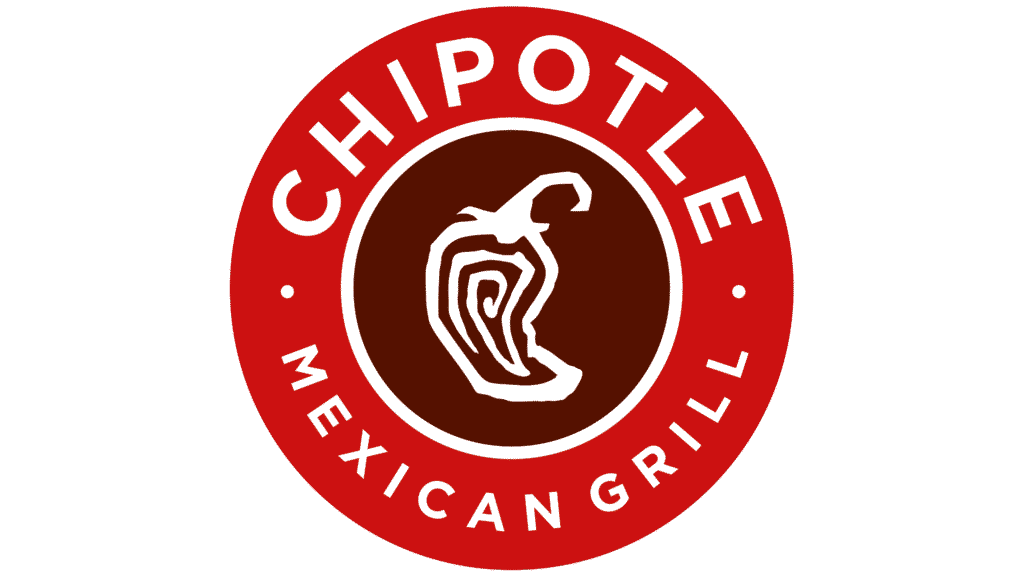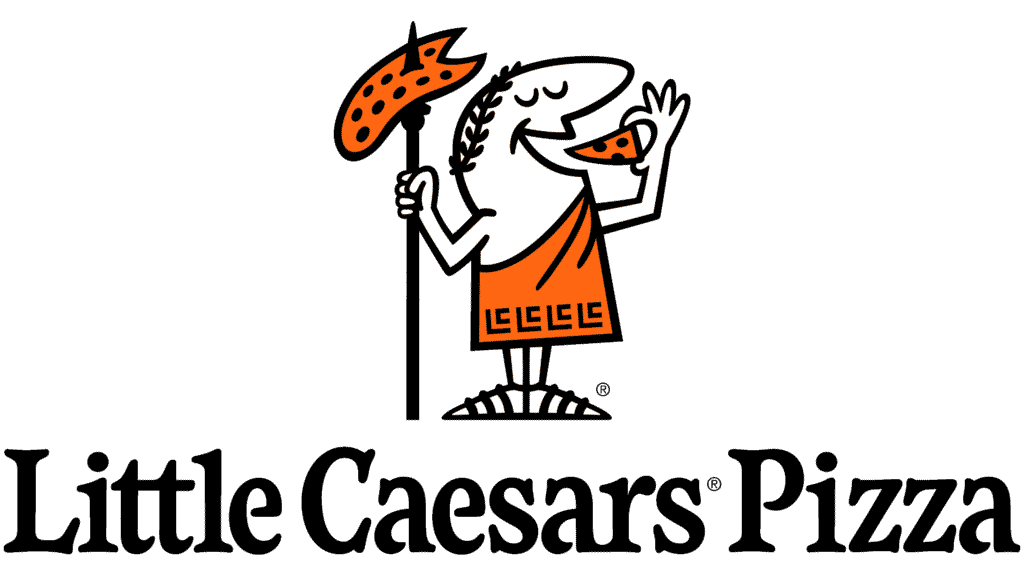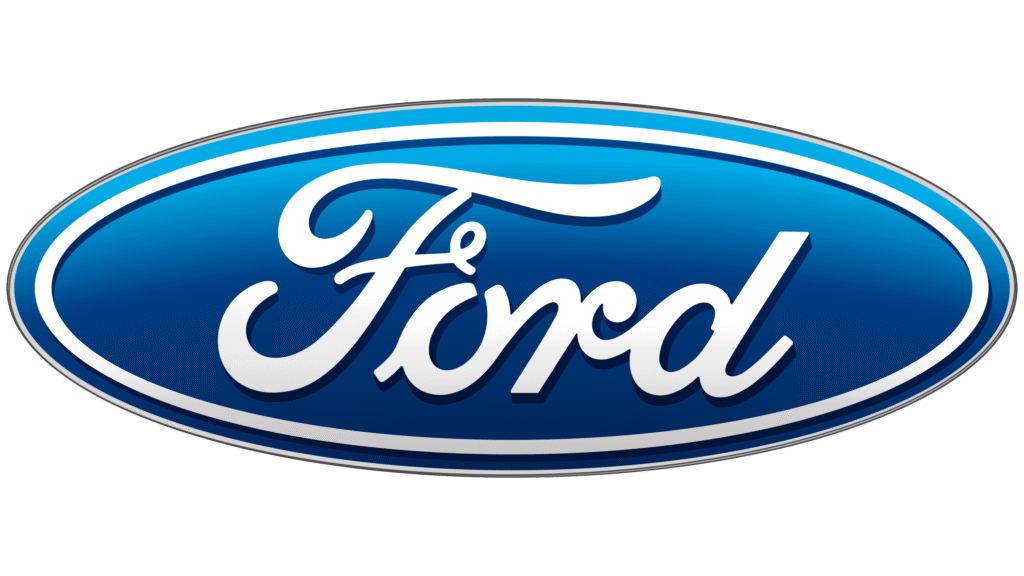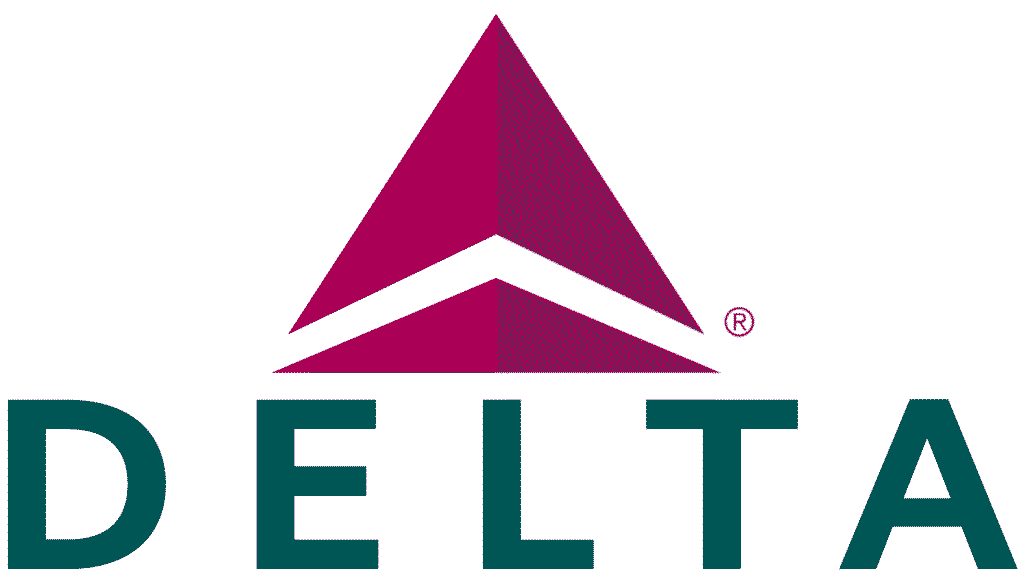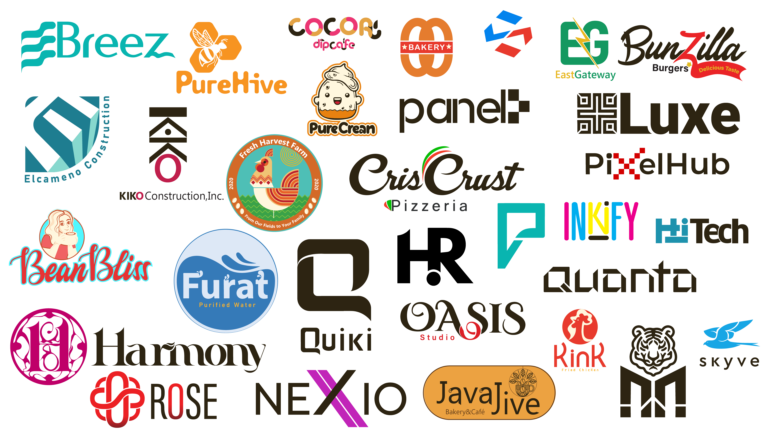When it comes to creating a successful business, you often hear the terms “branding,” “identity design,” and “logos” being used. While these terms are related, they each play a distinct role in shaping how your company is perceived. Understanding the differences between them is key to building a strong brand that resonates with your audience.
1. What is Branding?
Branding goes beyond just a logo or a set of colors—it’s the complete perception people have of your business. It involves the emotional connection your audience feels with your brand and how your business is recognized and remembered. Branding is about defining your business’s core values, mission, and personality.
It encompasses everything from:
- Your company’s story and mission.
- The way you communicate with your customers.
- The emotions you want your audience to feel when they interact with your business.
Essentially, branding is the overall reputation and the experience you offer to your customers. It’s long-term and strategic, focusing on how you want your business to be perceived over time.
Example:

Consider Apple—their branding is not just about their logo or product designs but the entire experience they create, from their sleek products to the user-friendly interface, to their minimalist stores and consistent message of innovation and creativity.
2. What is Identity Design?
Identity design refers to the tangible elements that form part of your brand’s visual and sensory experience. It’s how you express your branding through design, creating a cohesive and recognizable image for your business.
Identity design includes:
- Logo: A symbol or graphic mark that represents your business.
- Typography: The fonts you use consistently across your materials.
- Color Scheme: The specific colors associated with your brand.
- Imagery and Graphics: The visual style of your photos, illustrations, and other visuals.
- Business Cards, Packaging, Website: Any other design elements that make up your brand’s visual presence.
These components work together to create your brand identity, which helps customers recognize your business at a glance and builds familiarity.
Example:

Coca-Cola has a strong brand identity with its iconic red and white color scheme, its distinct typography, and its consistent use of the cursive “Coca-Cola” logo. Their packaging, advertising, and even bottle shapes are easily identifiable, creating a consistent brand image.
3. What is a Logo?
A logo is one of the most critical parts of your identity design but is not the whole identity itself. It’s a specific, recognizable graphic symbol or mark that represents your business. A logo is a key identifier for your brand but doesn’t communicate everything your brand stands for by itself.
There are different types of logos:
- Symbolic Logos: Like the Nike Swoosh, where the logo is purely a symbol.
- Wordmarks: Like Google, where the logo is the name of the company in a distinctive font.
- Combination Marks: Like Starbucks, which combines both a symbol and the company name.
The logo should be simple, memorable, and versatile enough to work across all platforms, from business cards to websites to billboards.
Example:
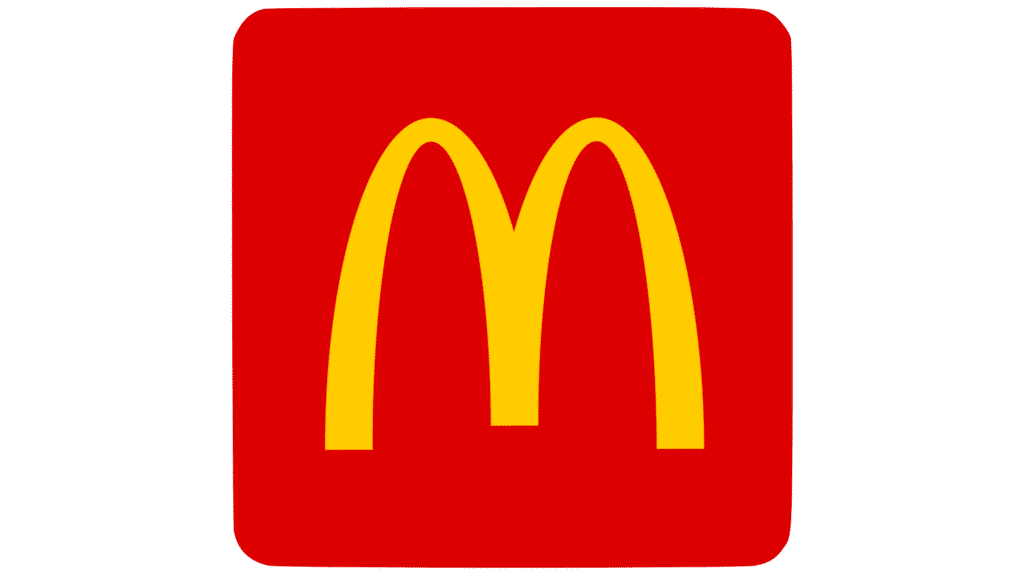
The McDonald’s Golden Arches logo is instantly recognizable worldwide, symbolizing the fast-food chain without needing any text. However, the logo itself does not encompass everything McDonald’s is—its brand also includes its customer service, food quality, and consistent message of “quick, friendly, and affordable.”
How Do They Work Together?
Think of branding as the soul of your business, the emotional and strategic part that defines your company’s values and long-term goals. Identity design is the physical expression of your brand, the visual elements that make your brand recognizable and create a cohesive look. The logo is a tool within identity design—a key visual that helps people identify your brand quickly.
Together, these elements create a consistent experience that helps build customer loyalty, trust, and recognition. Without branding, a logo is just a symbol; without a solid brand identity, your brand can become inconsistent and lose its impact.

